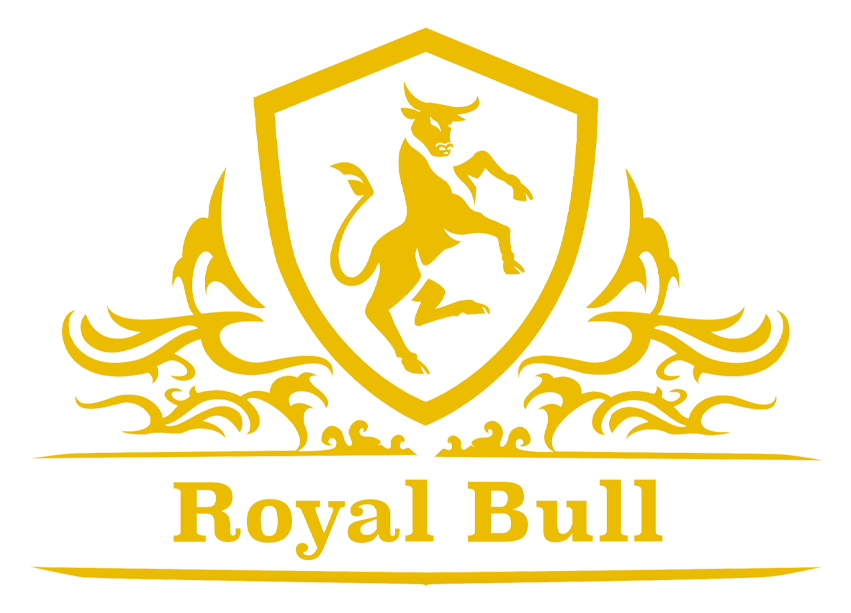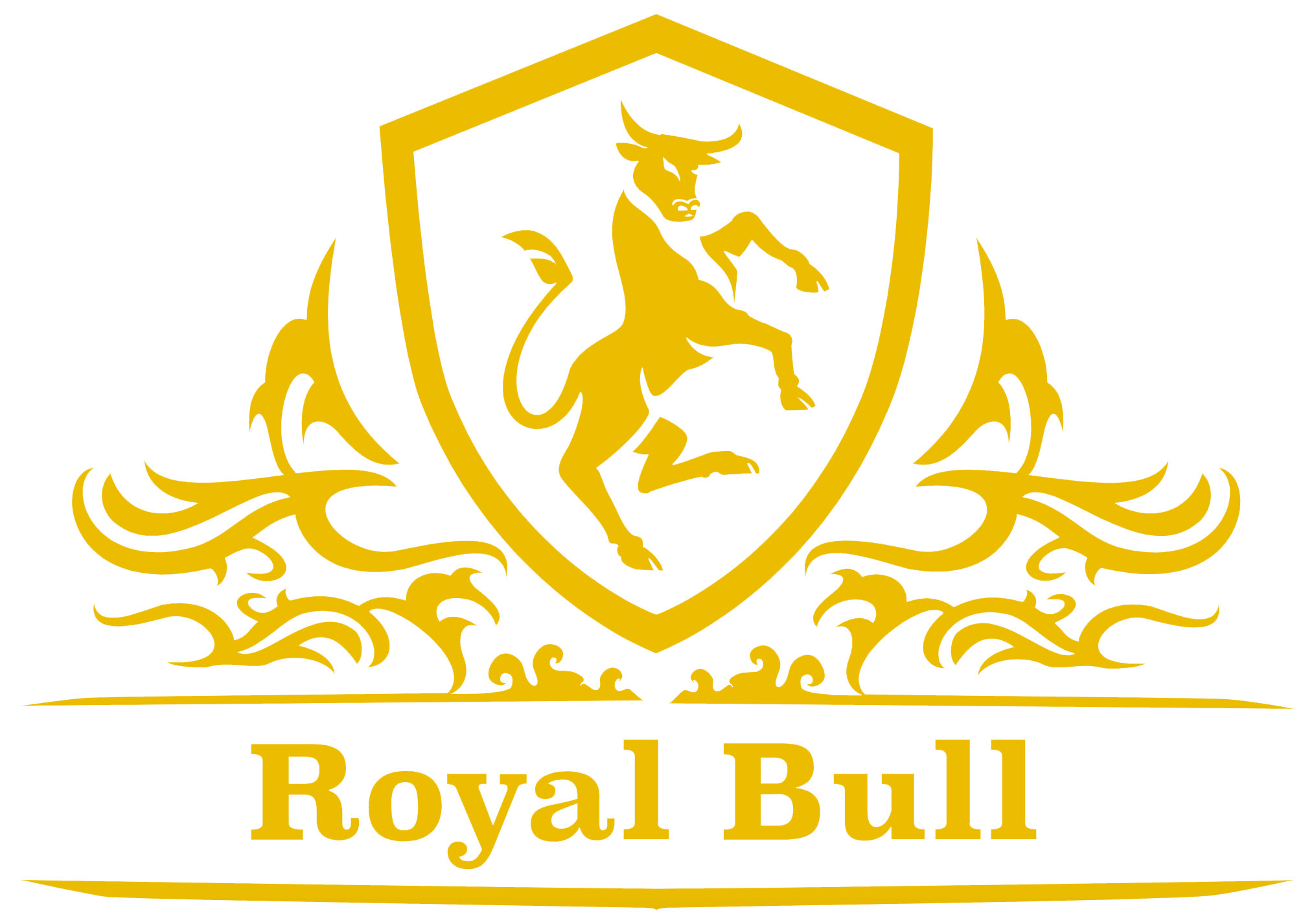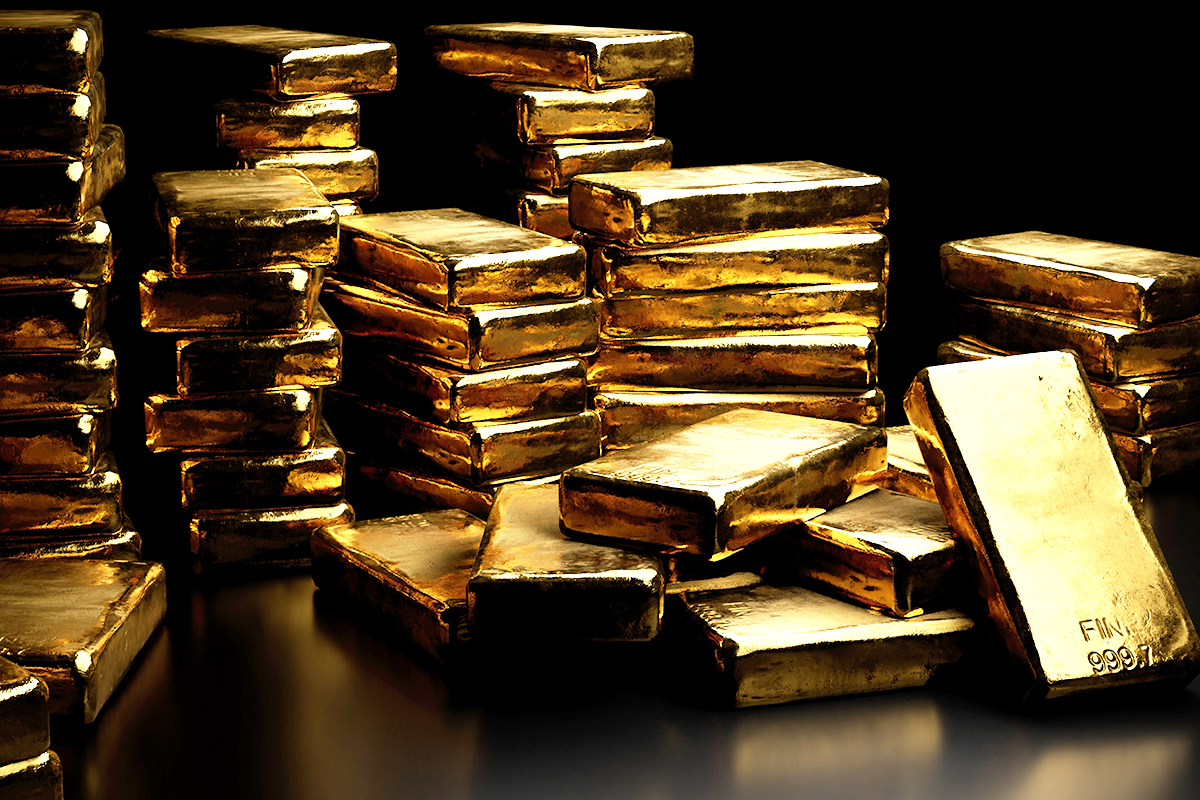According to the Canadian Oxford Dictionary, bullion is “a metal (esp. gold or silver) in bulk before coining, or valued by weight.”
The dictionary definition covers the essentials, but it does require further explanation. Bullion is a mass of metal that we humans melt into ingots, coins and bars to ordinarily use to trade for goods and services. That doesn’t happen as much anymore – no one is going to pay for their groceries with a flattened hunk of gold. Today, bullion is most often used as investments and collectibles.
Bullion is also highly pure, with at least 99.5% pure and often known as when it is in the form of bars or ingots.
What are the Origins of the Word ‘Bullion’?
It is a word derived from the French word “bouillon”, which is based on the Latin word bullire “to boil”.
How is Gold and Silver Bullion Produced?
After the precious metal is mined and refined, there are three ways that it is transformed into shapes and sizes that are then sold.
Casting Bars – The precious metal in its high-temperature liquid form is poured into various (mostly rectangular) forms. Minor exterior imperfections may exist in bullion that is cast, but the purity is the same as other processes. This manufacturing process is fairly basic, so the per-ounce price for bullion that is only cast is often less expensive than others.
Minting Bars – Cast bullion is flattened into long strips and precisely cut to ensure that each piece is symmetrical and without blemishes. After each bar is pressed/struck with pertinent information (often the mint logo, precious metal attributes and serial number) each bar is packaged to ensure buyers of its perfection.
Pressing Coins – Coins are produced by first cutting precisely sized blanks (also called rounds) out of large, thin sheets of precious metal. After a preparation and cleansing process, a powerful press forces the reverse and obverse dies together, imprinting the design on the coin while also adding the edge. Most coins go through the pressing process once, but “proof coins” ensure their perfection by doing this twice.
What Do We Use Gold and Silver Bullion for?
Humans began using highly pure precious metals thousands of years ago and were likely collected by those who appreciated its luster. Gold jewelry and even hats have been used to decorate bodies dating back to the 2nd millennium BC. Gold is even mentioned as a material that people cherished in the Book of Genesis.
Bullion – which just as a reminder refers to bulk precious metals – has also been used to exchange for goods and services for as long as recorded history can tell us, likely because all cultures have shown great appreciation and value since its discovery.
How Can I Buy and Sell Bullion?
It wasn’t long ago that selling your bullion investments took a lot of time, energy and personal money, only to have someone swindle you out of all three.
Today, buying and selling bullion online from reputable Canadian precious metals companies is now not only possible, but the preferred method to get the best price and best service.
How does bullion compare with bouillon?
This isn’t a question that we frequently get, but we thought there’s no harm in answering it. One is a term for precious metals, the other is a dehydrated broth.
If you have questions about bullion and how it can fit into your investment portfolio, reach out to Royal Bull – we’re here to educate and help Canadians to buy and sell their bullion products safely, quickly and affordably.




